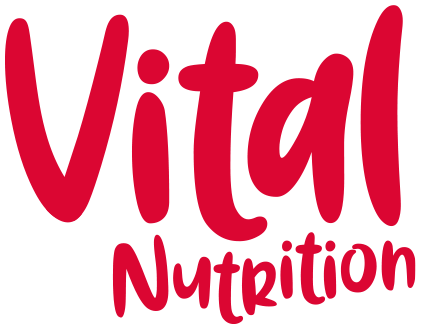Building Strong Bones
You know that your bones need calcium, right? But did you know that there is a whole matrix of nutrients that we need for a strong and healthy skeleton?
Osteoblasts and osteoclasts are bone cells that help your bones renew and replenish. We often think of our bones as being static, but these cells are working hard behind the scenes to help your bones grow and replenish. Osteoclasts clear old and damaged bone tissue, to make way for the work of osteoblasts to new and healthy bone. This is the magic that happens in your body if you break a bone, but this bone remodelling is constantly happening to help keep your bones strong and healthy.
Our genes determine the size and shape of our skeleton, but our diet and lifestyle can help maintain healthy bones
Even if you have a family history of osteoporosis or osteopenia, you can still make changes to ensure your bones stay strong throughout life.
Osteoporosis, also known as brittle bone disease is a condition that weakens bones, making them more prone to fractures. It doesn’t have any other symptoms and is often diagnosed after a fall that causes a bone to break. The stage before osteoporosis is called osteopenia and is usually diagnosed through a bone density scan, also known as a DEXA scan. Having osteopenia dose increase risk of osteoporosis, but it is not inevitable.
Although osteopenia and osteoporosis are more common in women after menopause, there are other risk factors, including some medications, an early menopause, family history, diet and lifestyle factors that can increase the chances of developing brittle bones.
As well as calcium, our bones need vitamin D, magnesium, boron, antioxidants, essential fats and protein, among other nutrients to stay strong and healthy.
Here are some diet and lifestyle factors to help build strong and healthy bones.
Increase your intake of dark coloured fruit and vegetables ...especially dark green leafy vegetables (except for spinach, which contains oxalates that may inhibit mineral absorption).
Eat plenty of foods high in calcium. Dairy products, nuts, seeds, dark green leafy vegetables and tinned fish with bones.
Get lots of colourful fruit and vegetables into your diet.
Focus on magnesium. Found in dark green leafy vegetables, nuts, seeds and dark chocolate.
Increase essential fatty acids from nuts and seeds. Eat oily fish like mackerel, salmon, trout and sardines at least 2 x week.
Increase phytoestrogen sources like chickpeas and flaxseeds.
Limit tea, coffee, alcohol, wheat bran (contains phytates), spinach, swiss chard and rhubarb (all three contain oxalates). These foods contain factors that may limit calcium and mineral absorption.
Avoid fizzy drinks
Get some sunshine, or supplement vitamin D if you are indoors a lot. All of us can benefit from taking a vitamin D supplement in autumn and winter.
Other lifestyle factors can help protect your bones too. Getting into the habit of regular exercise is always a winner, but it is the weight bearing type of exercise like strength training, pilates and body weight exercises that has most benefits for bone strength. The exception here is that if you have been diagnosed with osteoporosis, take care not to load bear on your bones. Seek advice from your GP, physio or healthcare team.
Don’t drink too much alcohol, manage stress levels and don’t smoke.
All of these things add up to help support better bone health.
You can find some really good information on the Royal Osteoporosis Society website https://theros.org.uk/

